
If you're interested in a DIY temperature-controlled fermentation rice cooker, this article is for you.
If you enjoy eating dough-based foods and happen to have an unused rice cooker lying around, why not try transforming it into a temperature-controlled fermentation cooker?
The idea is simple: use a digital temperature controller to regulate the heat. The heating element comes from the rice cooker's original "keep warm" function, while the main heating plate is no longer used. Make sure the temperature sensor isn't placed too close to the heating element. Set the temperature to 30°C. After several months of use, the fermentation results have proven quite good.
Here's what the internal structure looks like:
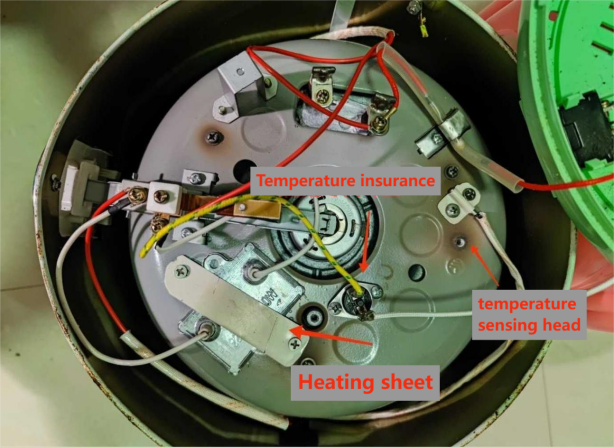
Below is the appearance while heating:
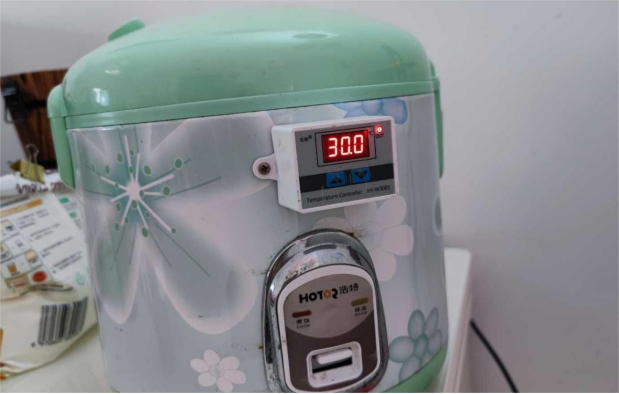
And here's how it looks when the heating stops:
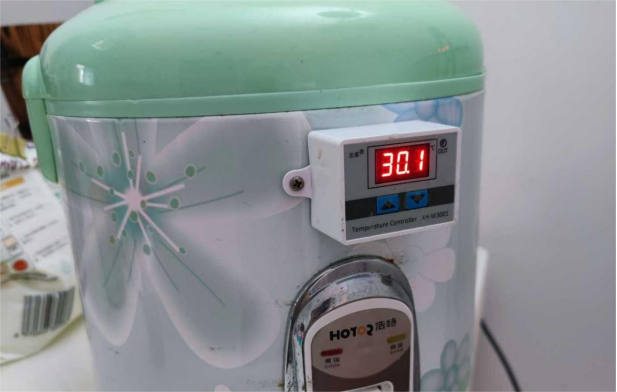
You're basically turning a general-purpose appliance into a specialized fermentation tool. The main heating function is disabled—only the "keep warm" mode is used. The external temperature controller manages the heat, and the temperature sensor is placed directly inside the pot. During use, add water to the bottom of the pot to submerge the sensor. Plug the power cord into the temperature controller. This setup is great for making things like natto or yogurt. For dough or sweet rice wine fermentation, 30°C works well; for yogurt, raise it to 32°C.
Once you've made the modifications, you're ready to start making dough-based foods. For example, you can place your kneaded dough inside the rice cooker:
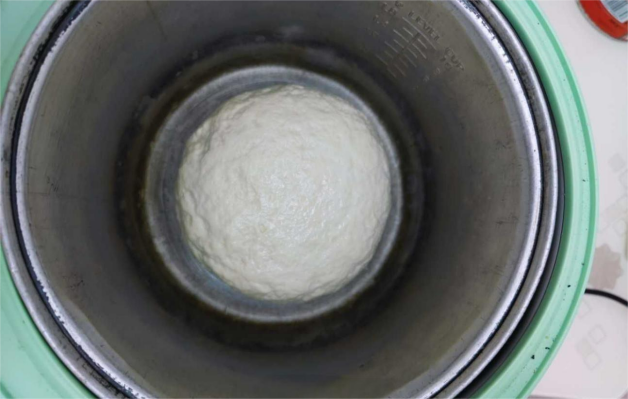
Once it has fermented, it should look like this:
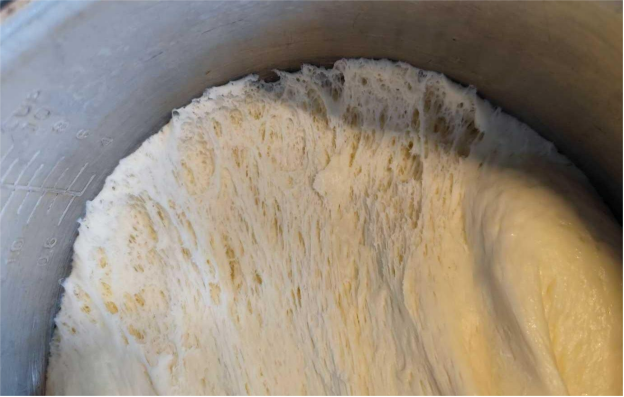
Then knead and fill the dough, place the prepared buns back into the rice cooker—and just like that, your homemade buns are ready!
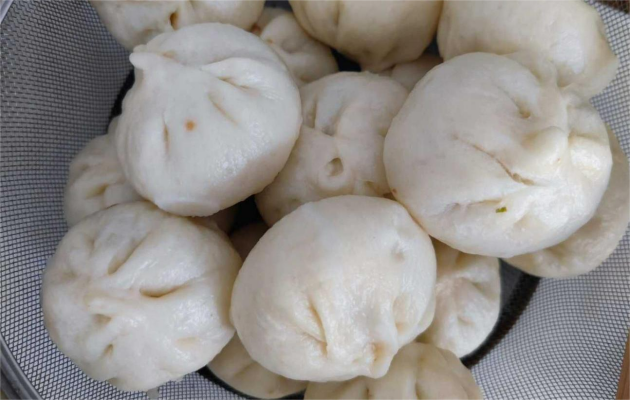
The end.




